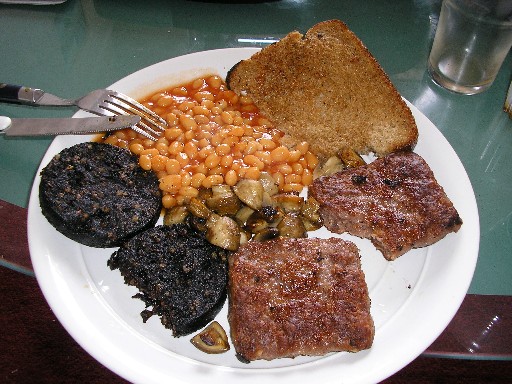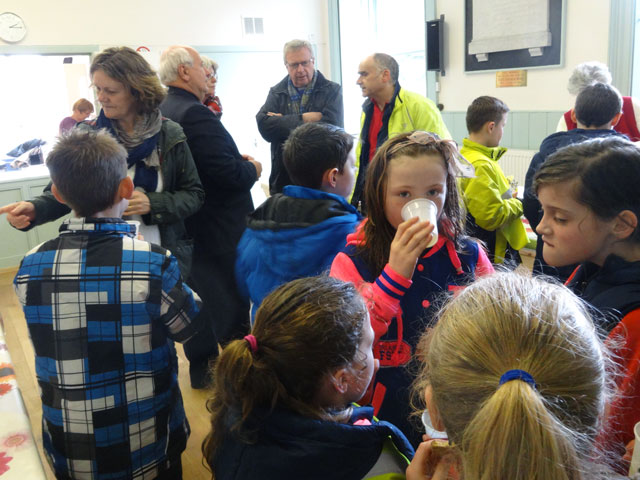Pipes and Drums
The pipe band manifestations are known worldwide. They are a traditional to many Celtic regions: Galicia, Spain, France or other regions in Europe or British colonies in US, Australia, New Zealand, South Africa, India or Hong Kong. This musical ensemble consists of pipers  and drummers organized in different sections: snare drummers, tenor drummers and bass drummers. Usually, a drum major directs the band with the help of a mace leading the parade. A standard formation is composed of 6 – 25 pipers, 3 – 10 side drummers, 1 – 6 tenor drummers and 1 bass drummer. In concert settings, the formation might add keyboard or percussion instruments.
and drummers organized in different sections: snare drummers, tenor drummers and bass drummers. Usually, a drum major directs the band with the help of a mace leading the parade. A standard formation is composed of 6 – 25 pipers, 3 – 10 side drummers, 1 – 6 tenor drummers and 1 bass drummer. In concert settings, the formation might add keyboard or percussion instruments.
The activity of playing the pipes in a organized band started in the military. Many pipers served the regiments in the 17th century and served as private pipers for the officers of the regiments in their free time from the soldier responsibilities. In the 1840s, Queen Victoria was impressed by a representation of pipers and decided that each battalion is allowed six pipers, out of which one is the Pipe Major. To the present day, all the British Army battalions have this prerequisite. Today, many civilian organizations like police or fire brigades adopted the pipe band. The most daring pipers were playing even on the war field until 1915, when this practice was banned.
The bands usually play traditional Scottish, Irish or Breton traditional folk tunes. The bagpipers provide the complex and demanding melodic parts in the musical piece. Harmony is covered by the second pipe section. The drum corps play the crisp sounds and the bass of the melody. The tenor drum secures the pitched parts.
The pipe band has its visual delight too, with all its players dressed in traditional Scottish costume. The only variations happen in the quilt and tie patterns, that express the origin of the band.


